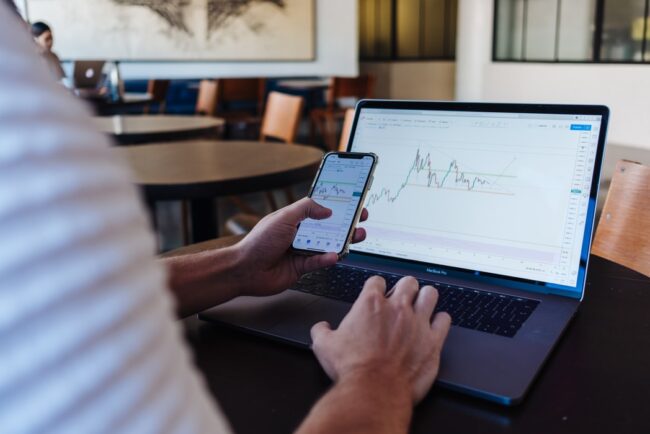This is Latest News
Highlights
Crypto
Trading

by Gayathri G
5 tips to get results from your influencer marketing plan
In modern digital age, influencer marketing has emerged as a powerful approach for manufacturers to connect with their audience authentically. Leveraging the reach and have an effect on of social media personalities can yield sizeable consequences if achieved strategically. But, navigating the location of influencer […]
Business Markets
by Gayathri G
How Much Can A Bitcoin Miner Make Per Day?
Bitcoin (BTC) mining is a quick-evolving area and profitable for miners with entrepreneurial spirits. As of 29 September 2023, Bitcoin miner sales for the day became US$25.75 million, up forty one.Fifty one% from US$18.19 million one year in the past. But how an entire lot […]
Crypto
by Gayathri G
Why Custom Trade Show Booths Ideal for All Business Events
Custom trade show booths provide groups the opportunity to show off their logo identity and merchandise in a completely unique and attention-grabbing way. With the aid of making an investment in a custom booth, companies can tailor their show off to align perfectly with their […]
Business
by Admin
When and Who Can Invest In Mutual Funds? How Do I save taxes with it?
When to invest in mutual funds Unlike stocks, you don’t have to wait long to invest in mutual funds. Fund managers and their team of analysts only select the right stocks and assets and investors benefit regardless of the market situation. In addition, when you […]
Mutual FundsTaxation

by Gayathri G
5 tips to get results from your influencer marketing plan
In modern digital age, influencer marketing has emerged as a powerful approach for manufacturers to connect with their audience authentically. Leveraging the reach and have an effect on of social media personalities can yield sizeable consequences if achieved strategically. But, navigating the location of influencer […]
Markets



Recent Blogs

5 tips to get results from your influencer marketing plan
by Gayathri G
In modern digital age, influencer marketing has emerged as a powerful approach for manufacturers to connect with their audience authentically. Leveraging the reach and have an effect on of social media personalities can yield sizeable consequences if achieved strategically. But, navigating the location of influencer […]
Business Markets
by Gayathri G
How Much Can A Bitcoin Miner Make Per Day?
Bitcoin (BTC) mining is a quick-evolving area and profitable for miners with entrepreneurial spirits. As of 29 September 2023, Bitcoin miner sales for the day became US$25.75 million, up forty one.Fifty one% from US$18.19 million one year in the past. But how an entire lot […]
Crypto
by Gayathri G
Why Custom Trade Show Booths Ideal for All Business Events
Custom trade show booths provide groups the opportunity to show off their logo identity and merchandise in a completely unique and attention-grabbing way. With the aid of making an investment in a custom booth, companies can tailor their show off to align perfectly with their […]
Business
by Admin
When and Who Can Invest In Mutual Funds? How Do I save taxes with it?
When to invest in mutual funds Unlike stocks, you don’t have to wait long to invest in mutual funds. Fund managers and their team of analysts only select the right stocks and assets and investors benefit regardless of the market situation. In addition, when you […]
Mutual Funds
by Admin
Demystifying Taxes in India: An Overview of Direct and Indirect Taxes and Tax Laws
Introduction Taxation is the means by which a government or tax authority collects taxes from its citizens and businesses. From income tax to goods and services tax (GST), taxes apply at all levels. What are taxes? Central and state governments play an important role in […]
Taxation
by Admin
A Beginner’s Guide to Futures Trading: How to Get Started and Minimize Risks
Introduction Buying a futures contract is basically buying multiple stocks in the spot market. The fundamental difference is that when you buy futures contracts you don’t get instant delivery. Let’s take a look at the basics of futures trading and what futures trading can do: […]
Futures Trading





